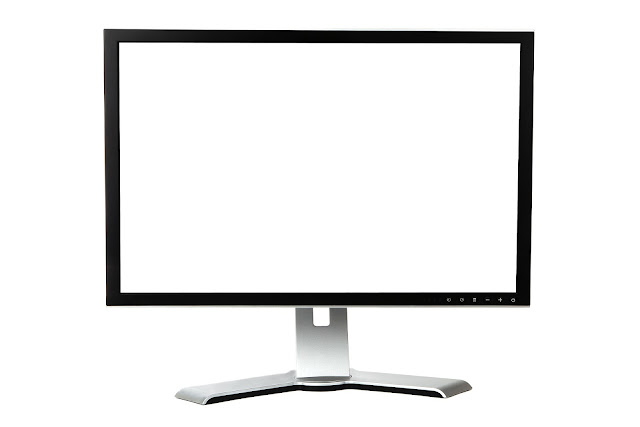When it comes to monitor or screen selection, usually the bigger the specification numbers, the better the performance, but with new technology coming out more regularly than ever before, is it worth making the switch from a 144Hz to 240Hz monitor or screen? Obviously, there is a vast difference between the cost, but does the increase in cost lead to an increase in performance? Here we find out more.
What Is Hertz?
In its most basic form, hertz is a measurement of frequency. Hertz is how many time a screen refreshes per second, the more hertz you have the more refresh cycles your screen completes in that time. When 60hz monitors came out, there was a big argument amongst gamers and academics that you the human eye wouldn’t be able to tell the difference with anymore increase. On this occasion, the gamers got it right and you could clearly see the difference in how the image moves across the screen, as this is what Hz is responsible for. The higher the hertz in your monitor or screen, the less laggy the picture is.
144Hz
144Hz became almost the benchmark and pinnacle of monitors when it was released 5 years ago. When it was released, the age-old argument of the human eye not being able to pick up any more cycles per second was reignited, so much so that it took a long time for 240Hz to be considered a viable. 144Hz has become so popular that most out of the box gaming computers are already configured for this frequency. There is no need to update any CPU, you can simply plug your monitor in and go. You can really tell the difference between 80Hz and 144Hz, especially in fast paced games such as first-person shooters. Know more at https://www.vssmonitoring.com/best-240hz-monitor/
240Hz
240Hz is new, so new in fact that there are very few monitors that are actually manufactured to this standard. This is due to many things, not only is it exceptionally expensive when you compare it to the 144Hz set ups, but also if you are a gamer, most out of the box gaming desktops simply aren’t designed to handle this frequency. A 240Hz monitor has a huge draw on power, which means that you will probably need to update quite a bit of the hardware in your system to be able to run it effectively.
144Hz Or 240Hz?
At this point in time, upgrading to a 240Hz isn’t practical for a lot of people. Yes the increased cycle number give you phenomenal game play and additional images, but if you aren’t a professional gamer, you won’t necessarily reap the benefits of this upgrade. 144Hz is still the standard and will remain so for quite some time. 240Hz is still relatively new to the market, however, if you were to buy a 240Hz monitor, there is no doubt that you would be future proofing yourself for a long time (unless something better comes along and quickly).
Final Thoughts
240Hz is still relatively new to the market, so if you were to go and buy a monitor with this capability, you are most certainly future-proofing yourself. That being said, 140Hz is plenty good for avid gamers and you also don’t have to make any upgrades in order to run this type of screen or monitor. If you aren’t a pro, then it may be worth waiting until the prices have come down so you can buy one when it is more affordable.
